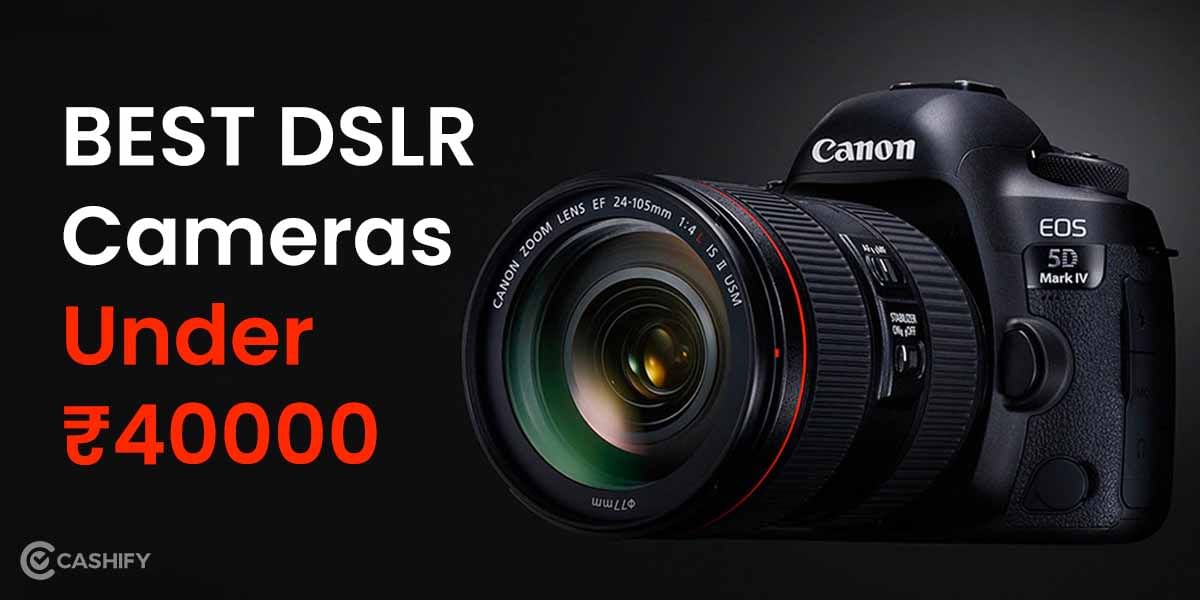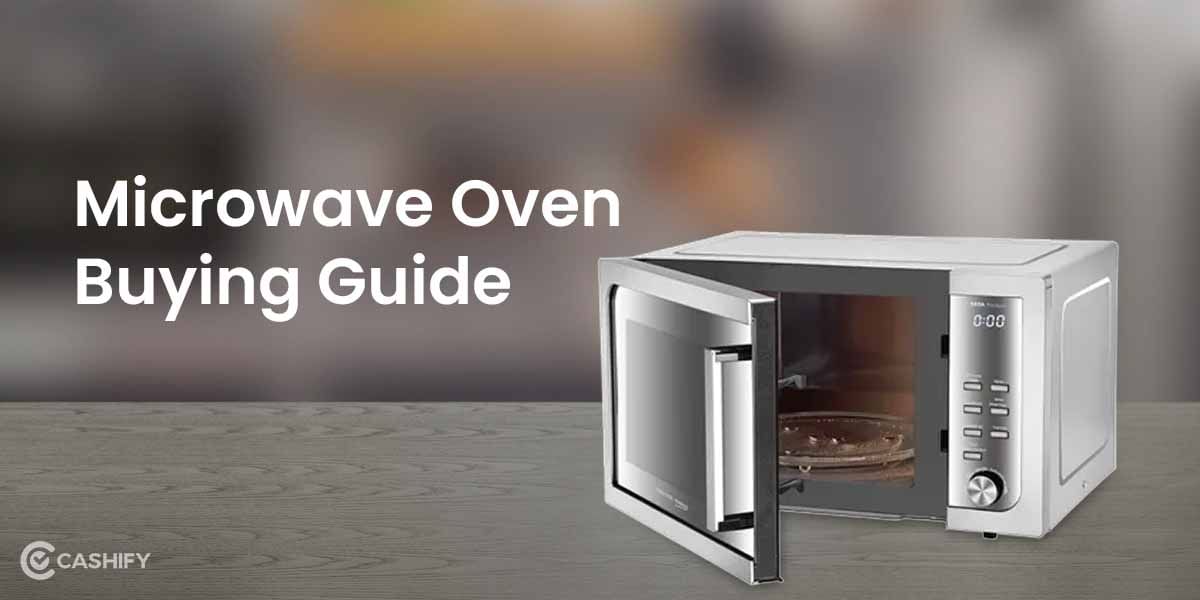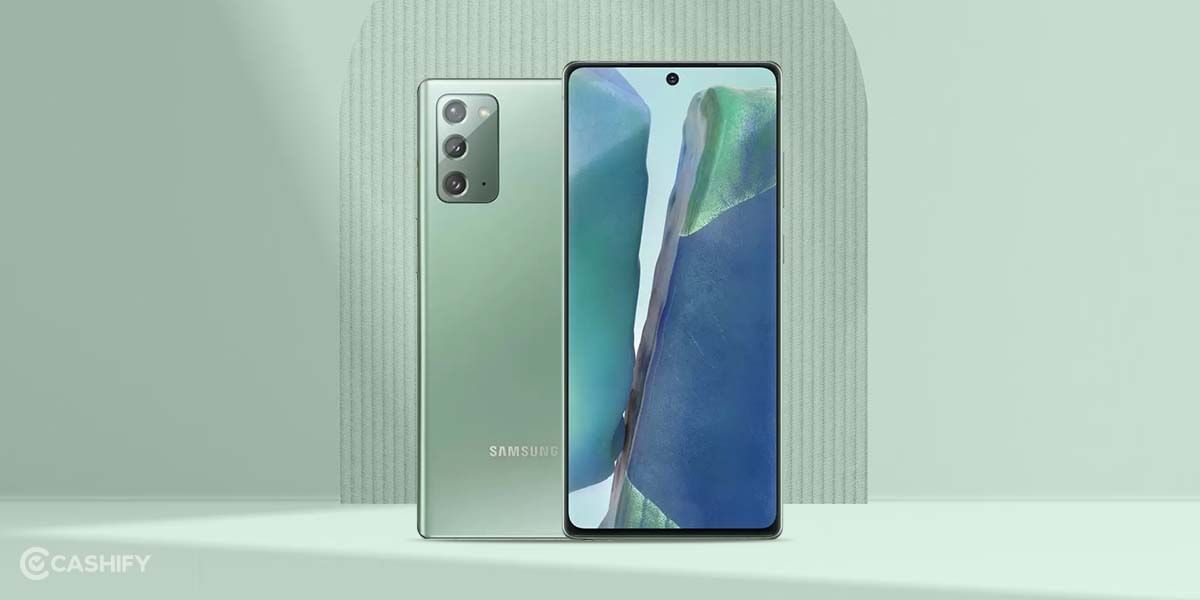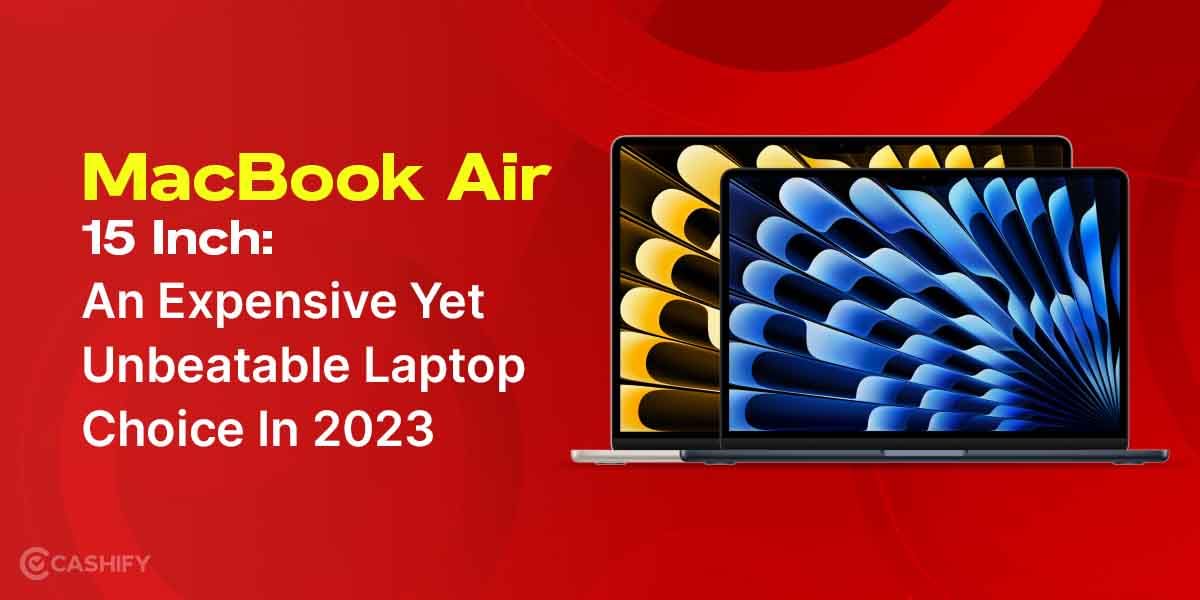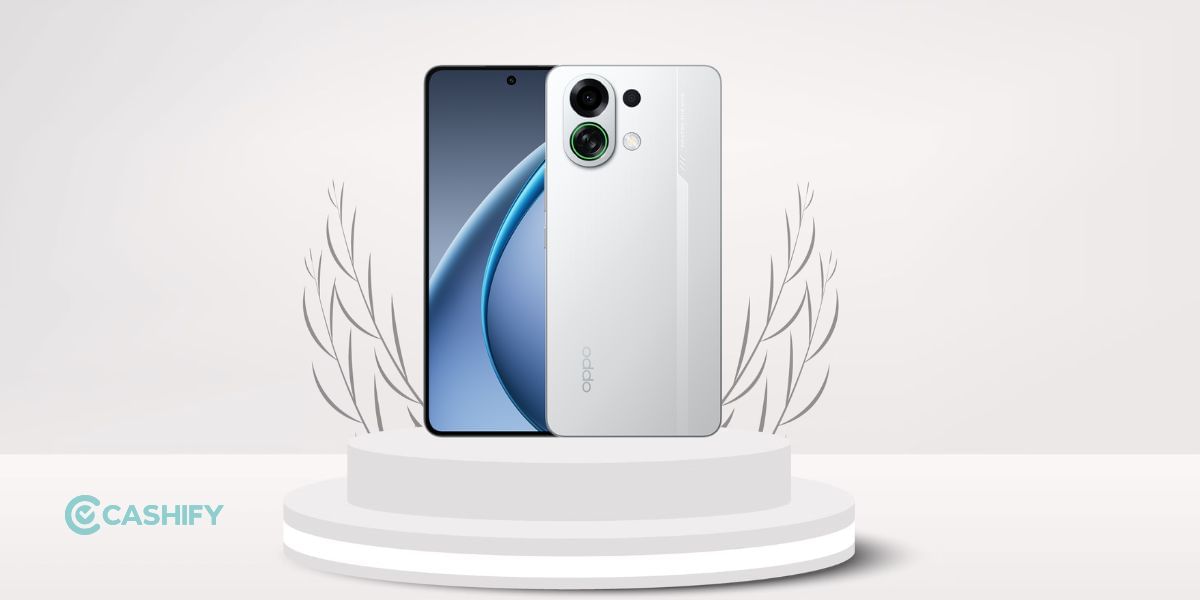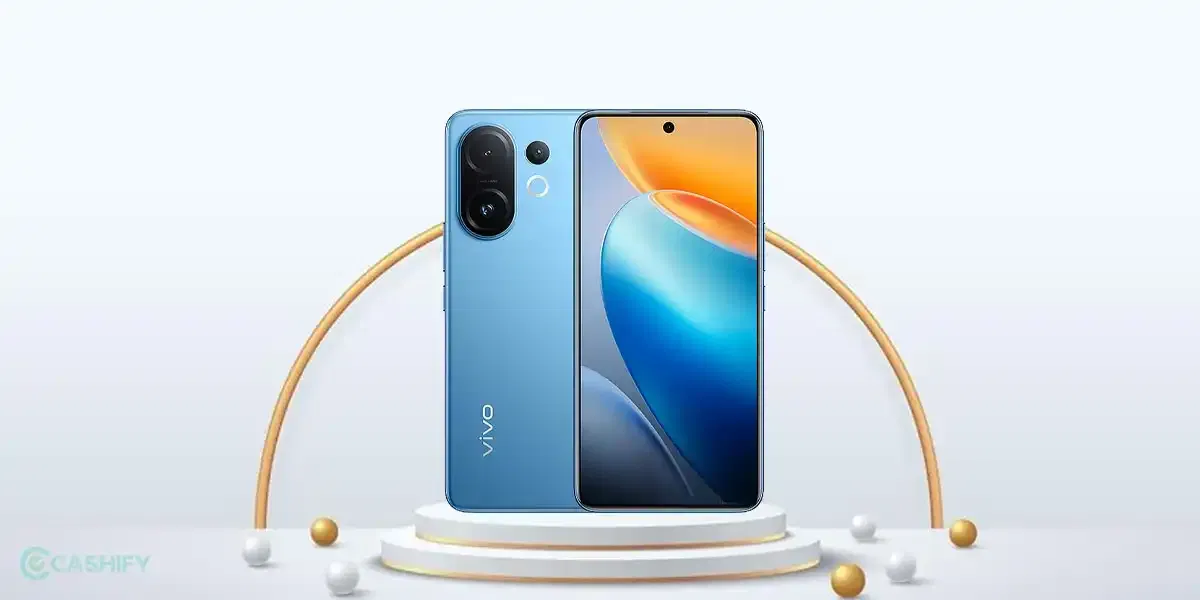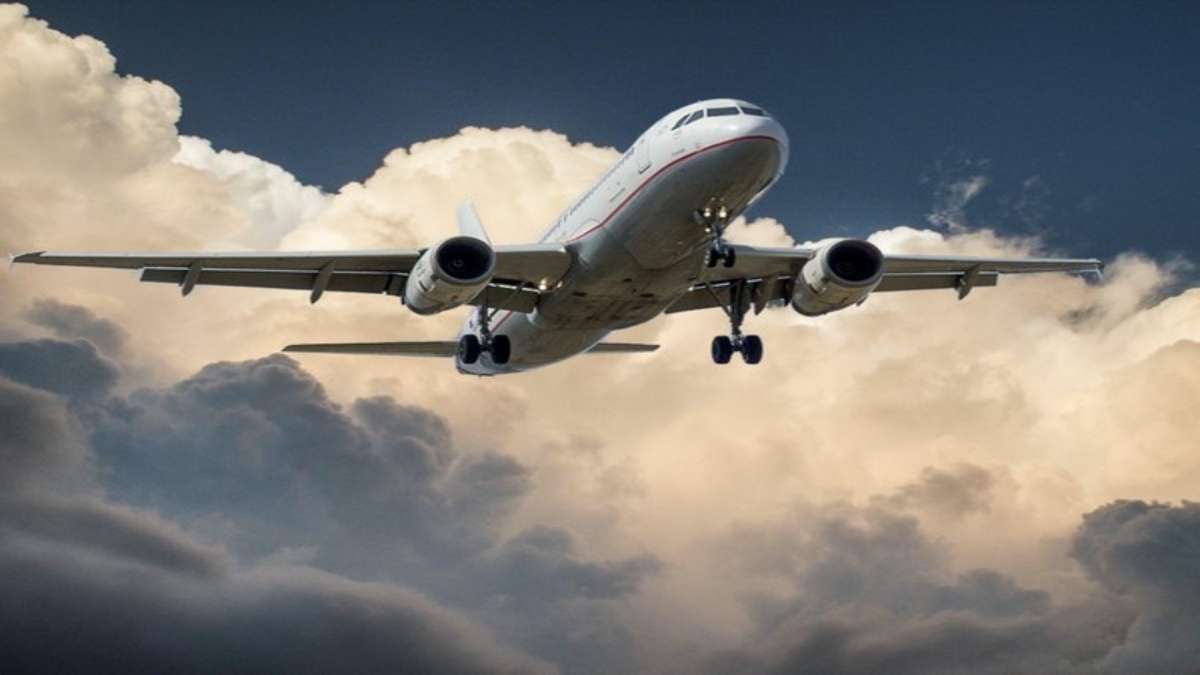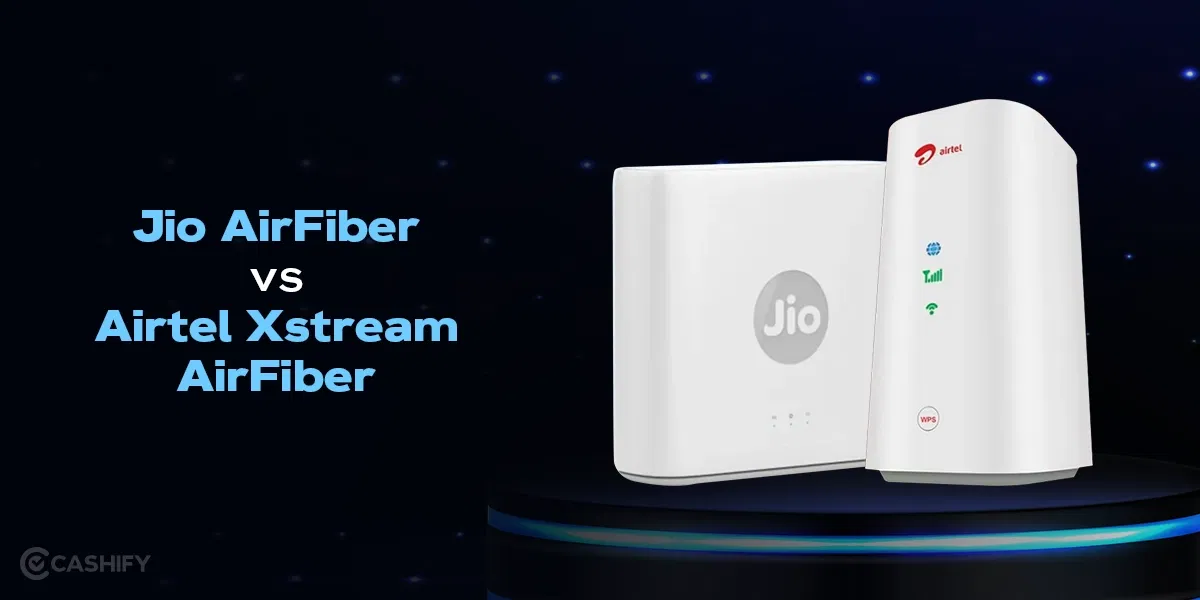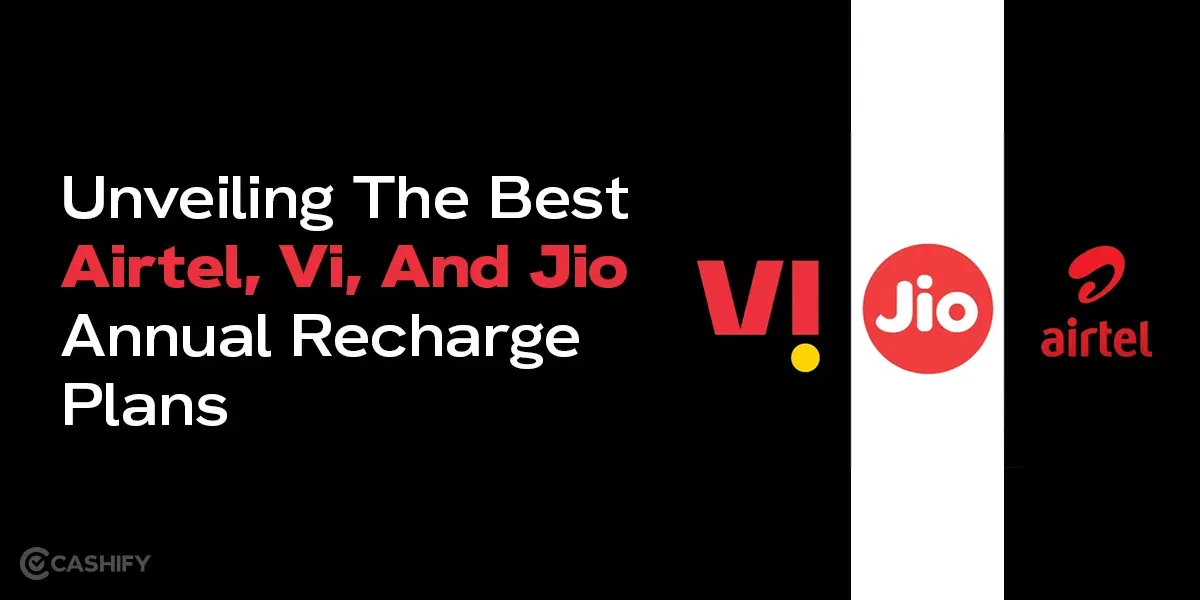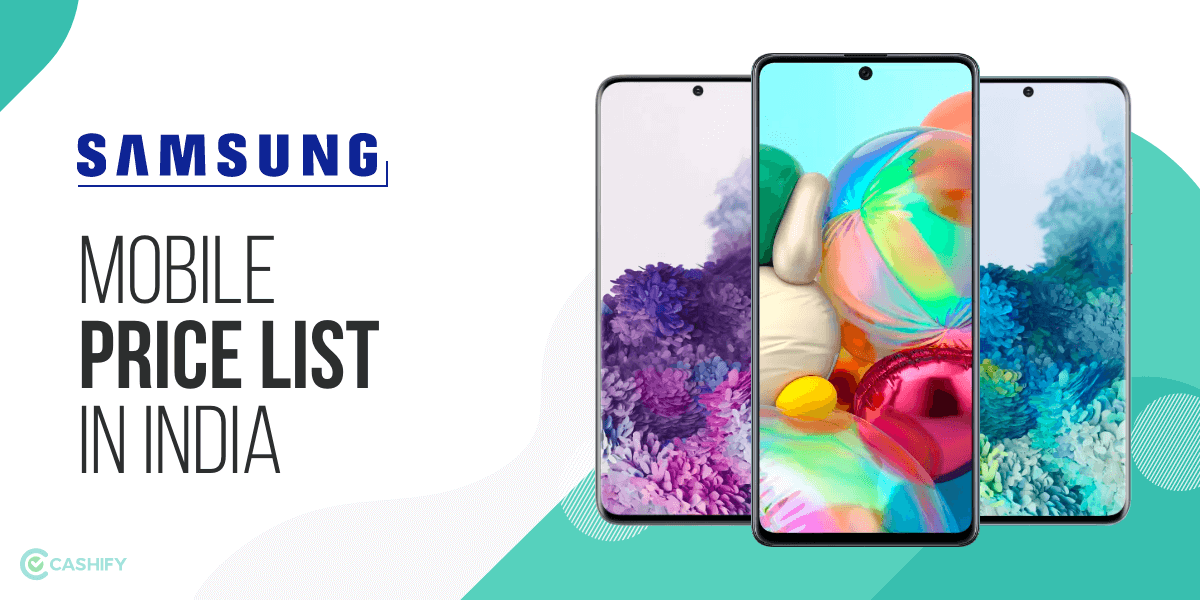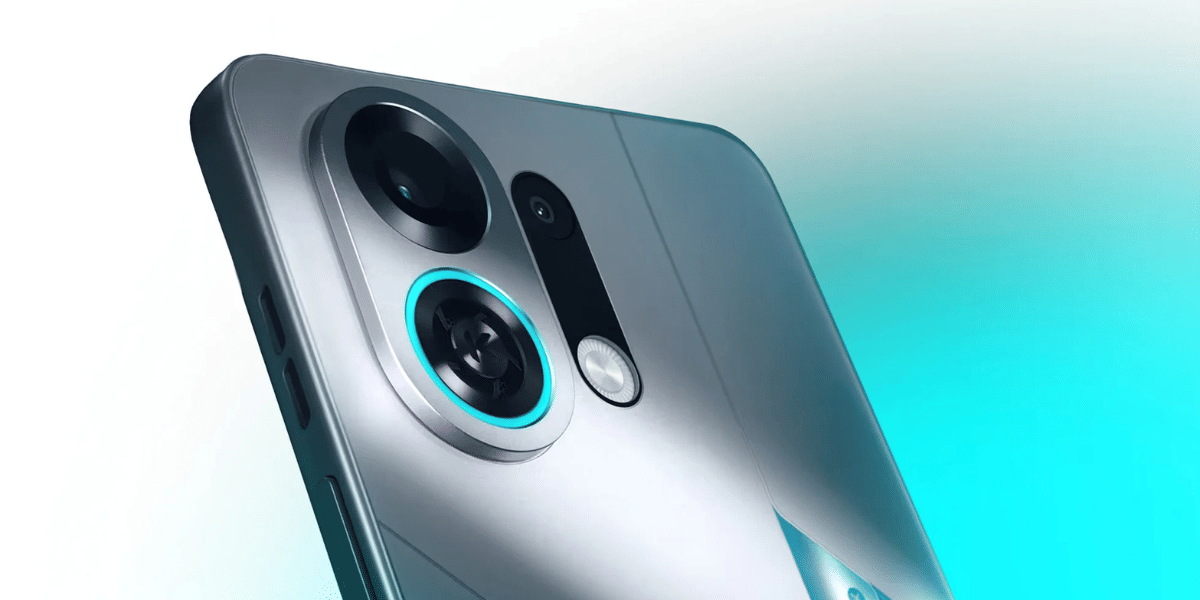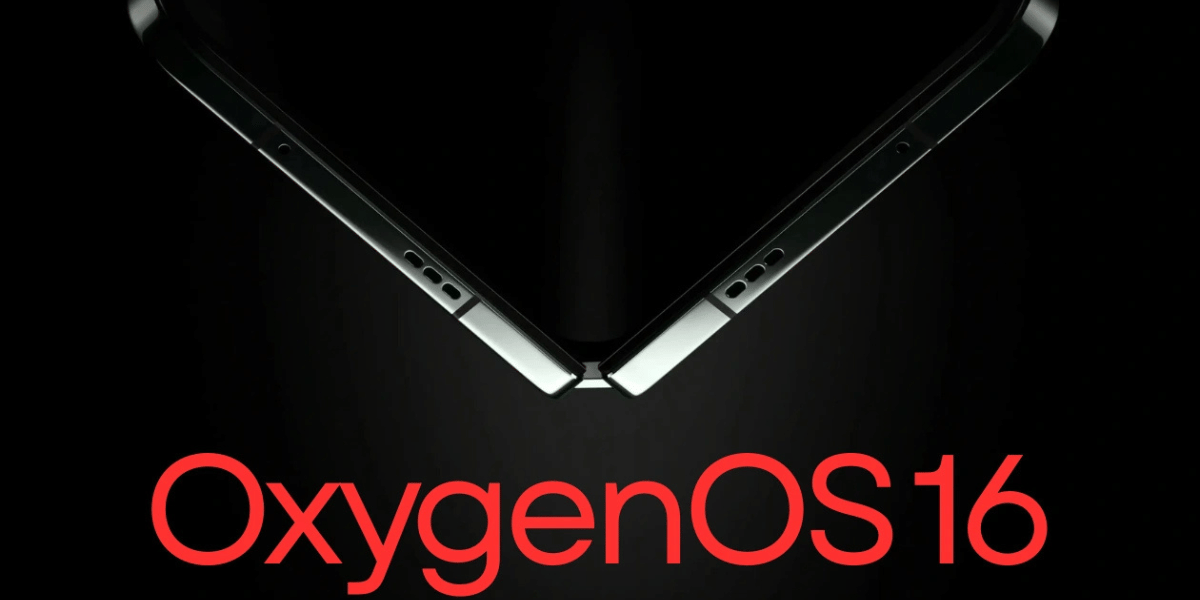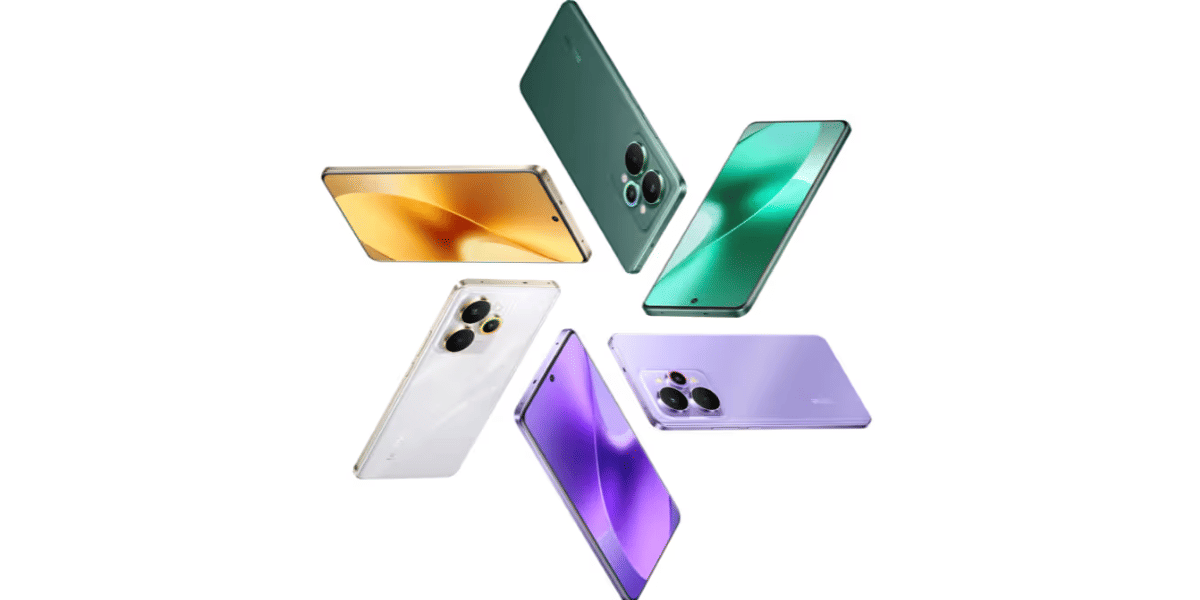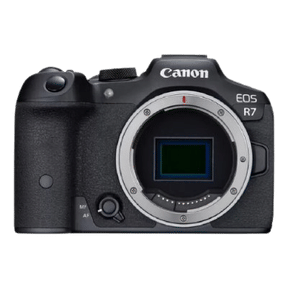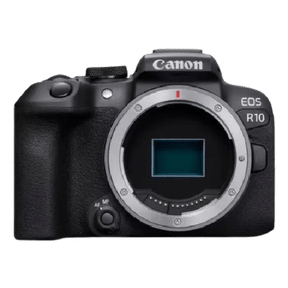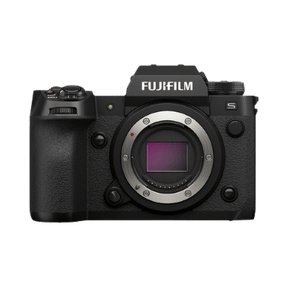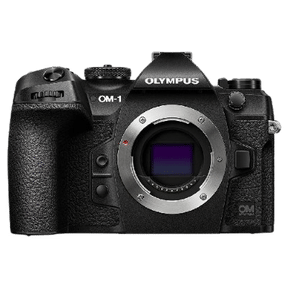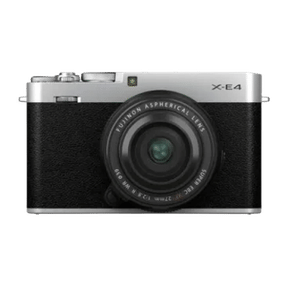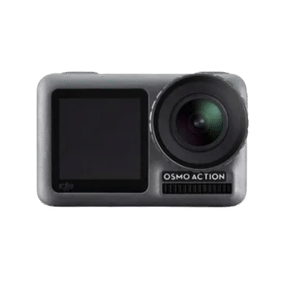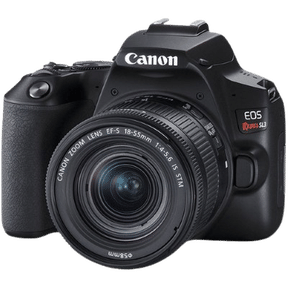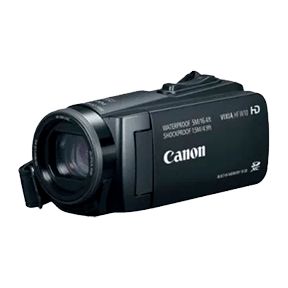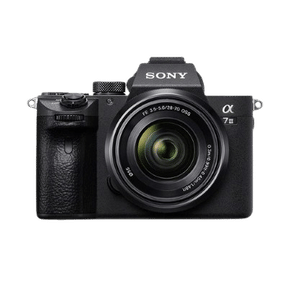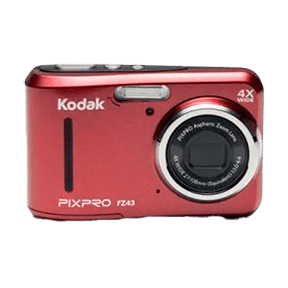DSLR cameras are excellent for photographers who demand the highest image quality and performance and complete creative control. You aren’t restricted to a specific photographic genre because DSLR cameras provide maximum flexibility with interchangeable lenses and accessories. The flexibility to swap lenses is the main feature anyone is looking for in a DSLR, and there is glass for every situation; from telephoto lenses for distant objects to macro lenses for working up close.
Due to this, DSLRs are essential for both professional and amateur photographers. However, beginners who want to advance their skills will also benefit from switching from compact cameras or smartphone cameras to DSLRs. This is because they can use features like face detection, scene recognition, and guided modes complementing their manual mode usage.
DSLR Camera Buying Guide
With so many options available, whether you’re looking to upgrade from your existing model or purchase your first DSLR camera, it can be difficult to choose the best camera. Here is a DSLR Camera buying guide that will help you select a camera that will enhance your creativity.
Also Read: 5 Best DSLR Cameras in India
1. Decide the Purpose: DSLR Camera Buying Guide

What you intend to use the camera should be your first consideration. Are you planning to use it to take pictures of your original artwork to post online? Are you a devoted sports fan who wants to document the event as it happens on the field? Or, are you a young professional seeking to please your expanding clients with top-notch work?
The first, and possibly most crucial, thing you need to consider is what you want to do with your camera. This answer will help you identify what you need from your camera. A DSLR might not be the best choice for you just because it has more megapixels or a faster frame rate per second.
Instead of buying a camera with a higher frame rate per second, you might want one with a wider tonal range if you’re interested in landscape photography. A full-frame camera or medium format camera may be preferable to a crop sensor camera if you’re interested in high-end product photography because they provide better image quality.
2. Pick the one that fits your use case and budget
Entry-Level DSLRs
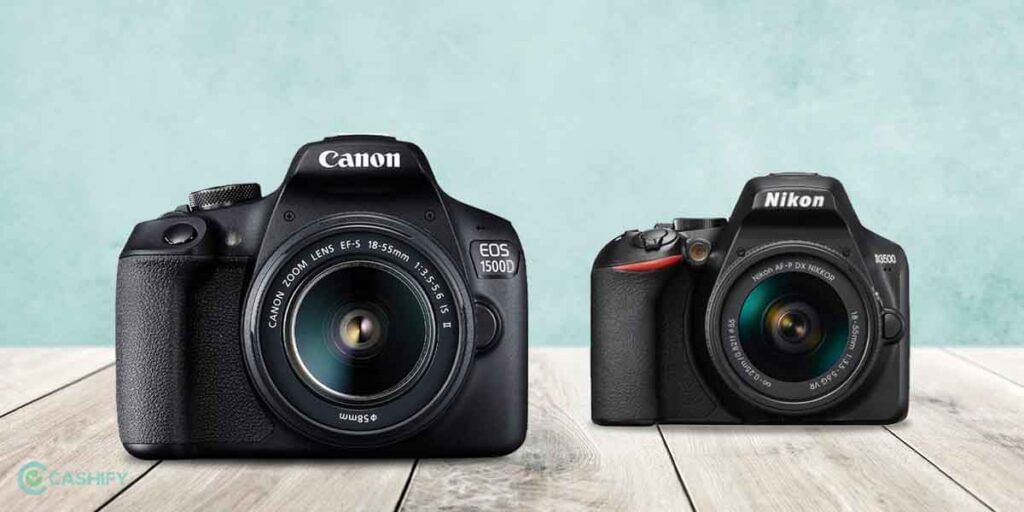
The most affordable sort of DSLR, an entry-level model, is often intended to be a photographer’s introduction to interchangeable-lens cameras. At the same time, it can also serve as a professional backup camera or an enthusiast’s trip camera. The term “entry-level” only denotes a combination of qualities and capabilities that make the camera particularly user-friendly and practical. These start from about Rs. 30,000 and are a good starting place and as something to progress from once a deeper understanding of camera and exposure controls is established.
The image quality of these cameras is not diminished in any way; rather, the range of control options for DSLRs tends to lean more toward automated options. With a variety of preset effects for creating a particular look without the in-depth expertise required if you were to use an entirely manual camera.
In order to be portable and lightweight, entry-level cameras will often include an APS-C-sized sensor and polycarbonate construction. When compared to larger, professional-targeted models it is not alienating in its stature because its purpose is to act as a suitable bridge from a point-and-shoot or comparable camera.
The ability to change exposure settings, aperture priority, shutter priority, and manual exposure modes is still available on entry-level DSLRs. However, these traditional modes are supplemented by intelligent, automated shooting modes, creative-effect modes, scene modes, and panoramic modes. These user-friendly auto and creative modes aim to reduce the workload of post-production and boost the effectiveness of creating a shareable image right away.
Additionally, many entry-level DSLRs have guided modes that may be used to get acquainted with all of the knobs and settings on a DSLR so that you can better grasp how to create particular sorts of photography. Also, some of the popular entry-level DSLRs are Canon EOS 1500D, Canon EOS 3000D and Nikon D3500.
Also Read: Cheapest DSLR Cameras in India
Intermediate

The next category is the broad “intermediate,” which includes the most DSLRs between entry-level and professional models. This is one of the areas of camera technology that is constantly developing. And it is frequently this group of cameras that marks the beginning of evolution.
Intermediate cameras often use a combination of polycarbonate and metal to create a body that is small, light, and robust. They can have either APS-C or full-frame sensors. A structure of automated shooting options, creative modes, and an enlarged set of manual controls are frequently found in intermediate DSLRs. This enables users to shoot in the way they choose or adjust the camera’s settings according to certain shooting scenarios.
When graduating to the intermediate DSLRs, features like faster AF performance, a more precise exposure-metering system, a larger buffer, and a quick continuous shooting rate all start to stand out more. Typically these intermediate DSLRs range from Rs. 40,000 to Rs. 60,000.
Professional

Professional-grade DSLRs are brand’s flagship cameras and are known for having the best build quality, manual control, image quality, sensitivity, and speed. Professional DSLRs often have full-frame picture sensors and top-of-the-line image processors. This allows them to capture the greatest amount of information and clarity in both still and moving images.
When upgrading to a professional DSLR, photographers often know exactly what they require from a camera and are aware of the controls required to complete a certain task. Professional DSLRs come equipped with full manual control with the ability to adjust focus-point selections, exposure correction, and bracketing settings, as well as handle a variety of video frame rates and continuous shooting speeds.
Dual memory card slots are also frequently found in professional DSLRs, either for increased storage capacity or for in-camera file duplication and backup. Professional DSLRs are also more likely to have a wider range of connectivity options; including flash-sync ports, external RAW video recording, and both a microphone and headphone jack for improved audio recording with videos. To improve efficiency and controllability when shooting, more physical dials and controls are now available.
Professional DSLRs often fall into one of two categories: high-resolution or high-speed and low-light. These two categories are appropriate for either the working art, commercial, or portrait photographer, or the sports, reportage, or reportage photographer. At this level, being able to match a camera to one’s specific shooting requirements is more significant than having an all-purpose solution that falls short in one’s chosen speciality.
Also Read: Best DSLR Cameras Under 1 Lakh in India
3. Sensor Size: APS-C or Full Frame
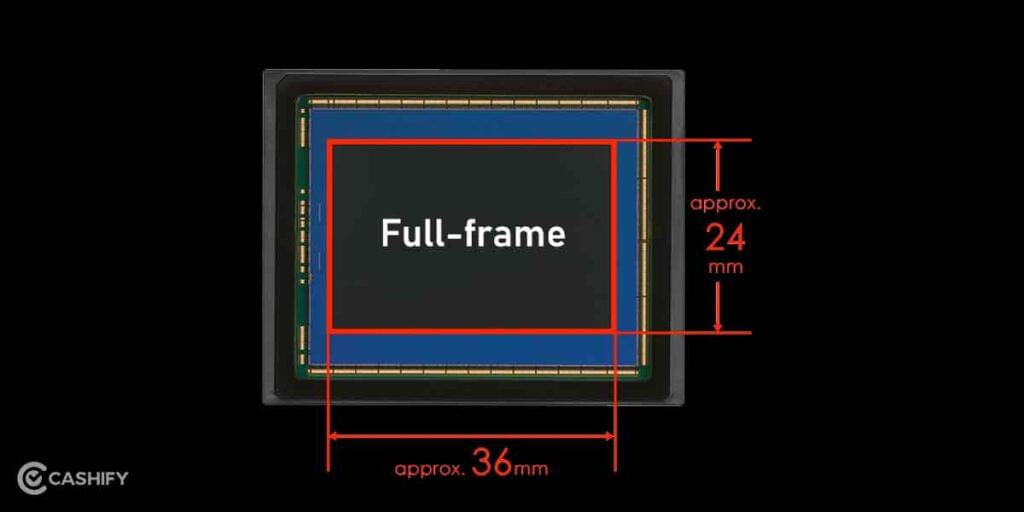
The CMOS sensor in the camera records images by capturing light and turns what you see through the viewfinder into photographs. Even though there are several other sensor sizes, you’ve probably heard of full-frame, crop (or APS-C), and medium format.
Full-frame cameras are the largest of the two sizes, as their name suggests (and also the more expensive). They can record a wider tonal range, have superior image quality, work better in low light; and provide the user far more control over depth of focus thanks to the larger sensor size. There is no crop factor with full-frame cameras, so everything you see in the viewfinder is exactly what is captured.

The most prevalent sensor size for many entry-level and mid-level cameras is the crop sensor (and even some professional-level cameras). They are smaller and lighter than their full-frame equivalents since the sensor size is roughly 23.5 x 15.6mm as opposed to the 36 x 24mm full-frame sensor. This simply implies that a predetermined crop has already been applied to the image when it is recorded. This makes it ideal for shooting sports or wildlife because you are frequently working farther away from your subject and need a longer focal length.
In comparison to cameras with smaller sensors, the bigger sensor size enables a significantly greater resolution. Medium format cameras frequently have higher megapixel counts and a wider dynamic range, which improves tonal and colour accuracy significantly. They are often the camera of choice for professionals wishing to generate big format prints or attain accurate colour accuracy.
4. Ability to change Lenses

When selecting your ideal DSLR, lens system compatibility is one of the most crucial factors to take into account. The most effective instruments for improving the real quality of photography are lenses; which are also sometimes the difference between well-rendered photographs and unremarkable snapshots.
This is the most important stage since the DSLR you choose will directly impact the kind of lenses you utilize. Consider any lenses you already own and whether or not they are compatible with potential DSLRs. When it comes to photographic equipment, lenses frequently end up being the long-term investment whereas camera bodies fluctuate more quickly.
Also Read: Best Mirrorless DSLR Cameras In India
5. Don’t go for high Megapixels
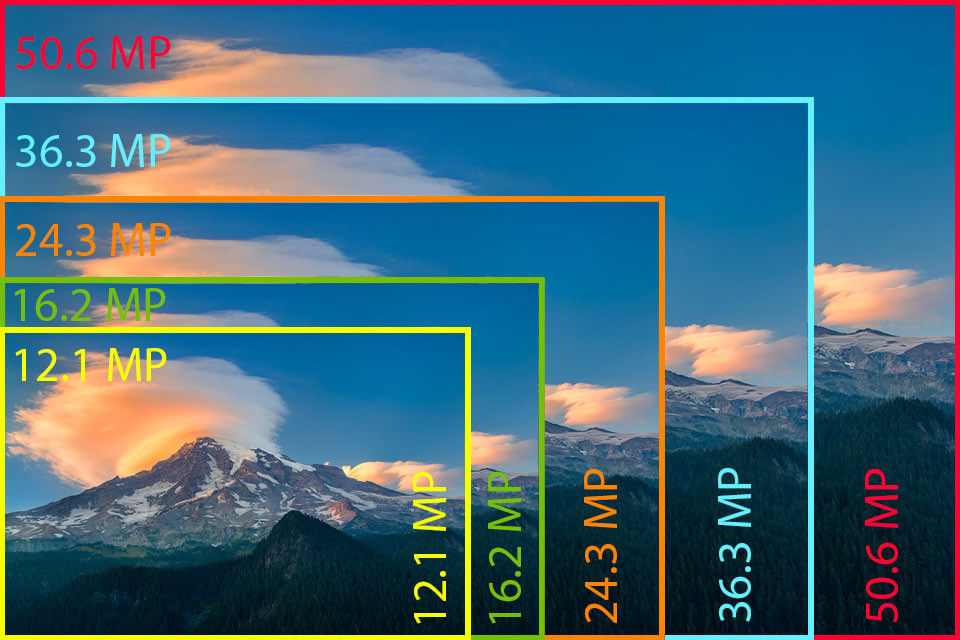
You may not be familiar with the megapixel myth. Sadly, there is a race to get the most megapixels among all camera makers. Given that most people believe that higher megapixel counts indicate higher image quality, it is undoubtedly a marketing gimmick. People often choose point-and-shoot cameras with the highest megapixel counts because they believe that a larger image would include more details than a smaller one.
This is not the right way to choose a camera because the quantity of pixels has nothing to do with how crisp an image is. In comparison to a 6-megapixel sharp image, a 12-megapixel hazy image (caused by poor technique, focusing error, etc.) will appear significantly worse on a print.
Only pros (especially professional landscape photographers) care about megapixels since huge print sizes are crucial for selling images. Birds are small and challenging to shoot, so photographers must crop their photographs, commonly known as “digital zoom,” which is why more megapixels are helpful.
In conclusion, disregard megapixels when purchasing a camera! If that is your intention, you will already have a professional camera with more pixels by the time you become a professional, as you are not one now.
6. Which Brand Should I Buy? Nikon vs Canon vs Sony
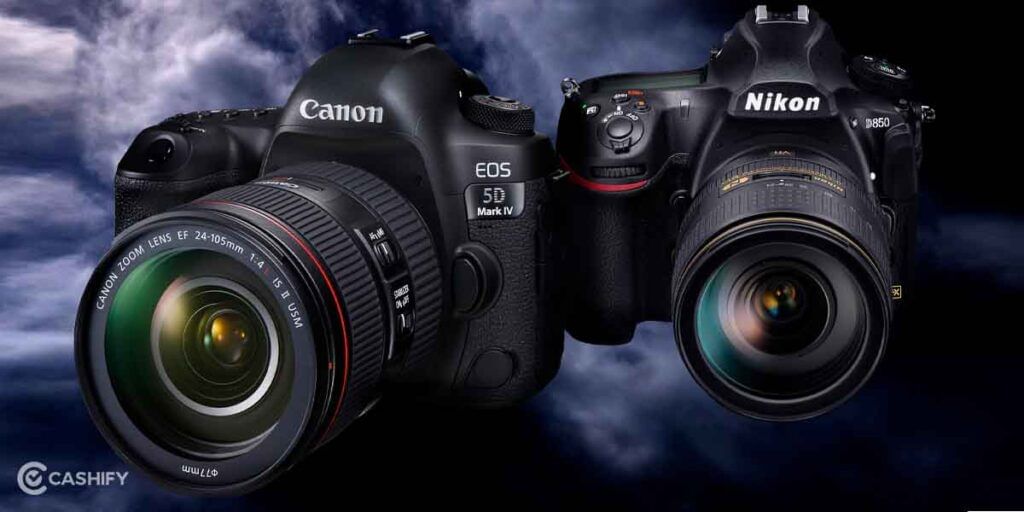
There are so many brands in the market right now that excel in manufacturing DSLRs. Some of these brands are Nikon, Canon, Sony, Kodak, Fujifilm, Leica, Panasonic and a couple more. Once you start with photography you tend to buy more and more equipment to complement your skills. This equipment includes a tripod, flashlights, a microphone, and extra batteries. But apart from these the most expensive gear are the addon lenses, which come in a wide variety of focal lengths and each serves a different purpose.
So why is choosing a brand necessary? This is because brands make most of their equipment proprietary. For example, you can’t use Canon Lens on a Nikon Camera’s body and you can only use Nikon’s proprietary lenses with Nikon Camera. So once you choose the brand it becomes really hard to switch to another brand.
While DSLRs from Leica and Sony are meant for advanced professionals and are on the expensive side as well. And if you are an entry-level photographer you mainly have two brands to choose from, these are Nikon and Canon. If you are looking for a camera that is easy to use with a simplified interface then Nikon is a better choice than Canon. In terms of a better choice of lenses and pricing, Canon is a better option as the Canon lenses are easily available and the overall setup is cheaper compared to Nikon.
Also Read: Best Nikon DSLR Cameras In India




